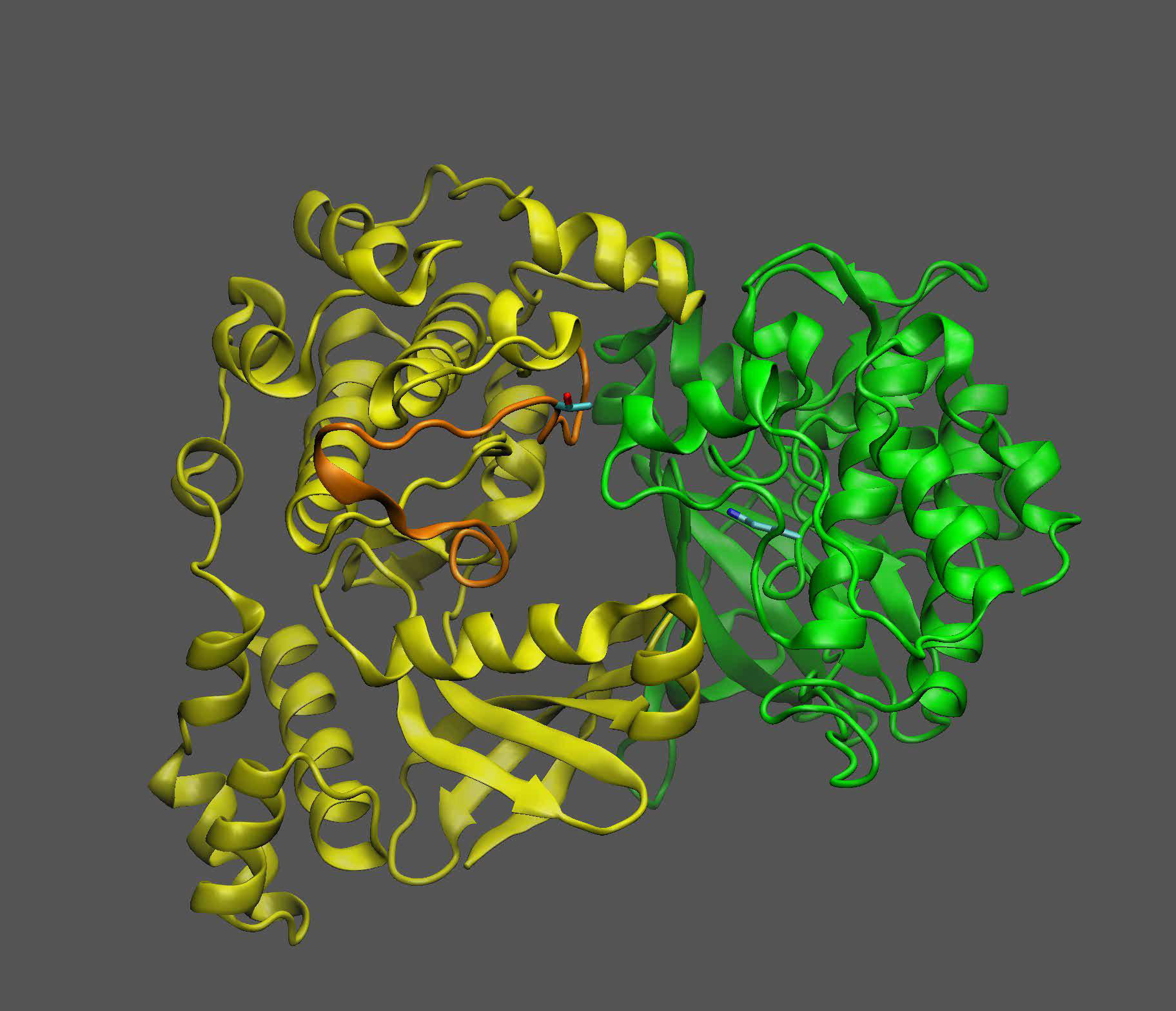A mixture of carbon monoxide (carbon monoxide) and hydrogen is called syngas in chemistry. It is the product of the first stage in the conversion of biomass and natural gas into the desired products. It is from syngas that liquid fuels are obtained, including higher alcohols – alcohols with more than two carbon atoms. However, catalysts are needed for its production. A promising approach is to use activated carbon. This porous material can become a base that absorbs the substances like a sponge and increase the efficiency of the reaction. RUDN chemists have created several new catalysts based on activated carbon and auxiliary elements.
“Producing higher alcohols from syngas is an economically attractive method for producing chemicals and fuels. The activity of catalysts supported on carbon materials is higher than that of catalysts based, for example, on metal oxides. In the chemical industry, activated carbon is widely used as a catalyst carrier due to its specific properties — high stability at high pressures and temperatures, large surface area and porosity, resistance to acidic and alkaline conditions, minimal interaction with the active substance,” Tatiana Sheshko, Ph.D, associate professor of Laboratories of Adsorption and Catalysis of RUDN University said.
The chemists used several types of activated carbon – in the form of powder and fibers. Based on them, RUDN researchers created catalysts with potassium, cobalt and molybdenum. To fill the carbon base with the right elements, chemists used cobalt acetate, potassium hydroxide, and ammonium heptamolybdate. After that, the future catalyst was dried for 7 hours at a temperature of 80-100 oC. In total, four types of catalysts were obtained based on four types of activated carbon.
Then new compounds were tested for catalysis in the reaction of obtaining alcohols from synthesis gas. For each type of catalyst, the experiment lasted 16 hours. The temperature in the reactor was raised by 20 oC every 4 hours. The composition of the resulting products was checked at the same frequency.
All catalysts showed different results, which is explained by different microstructure – the size and number of pores, surface area, and so on. The most effective catalyst was the compound obtained based on fibrous activated carbon – at a temperature of 360 oC, almost 50% of the original carbon monoxide turned into the target product. Powdered coal-based catalysts showed higher selectivity—the ability to selectively accelerate the production of a particular product. RUDN chemists also discovered an unusual pattern – substances with larger pores were not more active, but vice versa.
“We have studied powdered and fibrous activated carbons with different textural characteristics as catalyst carriers for the production of alcohols from synthesis gas. An unusual correlation was found between porosity and catalytic activity. The microporous powder complex turned out to be more active than the complex with larger pores,” Mohamed Osman, RUDN University postgraduate student said.


